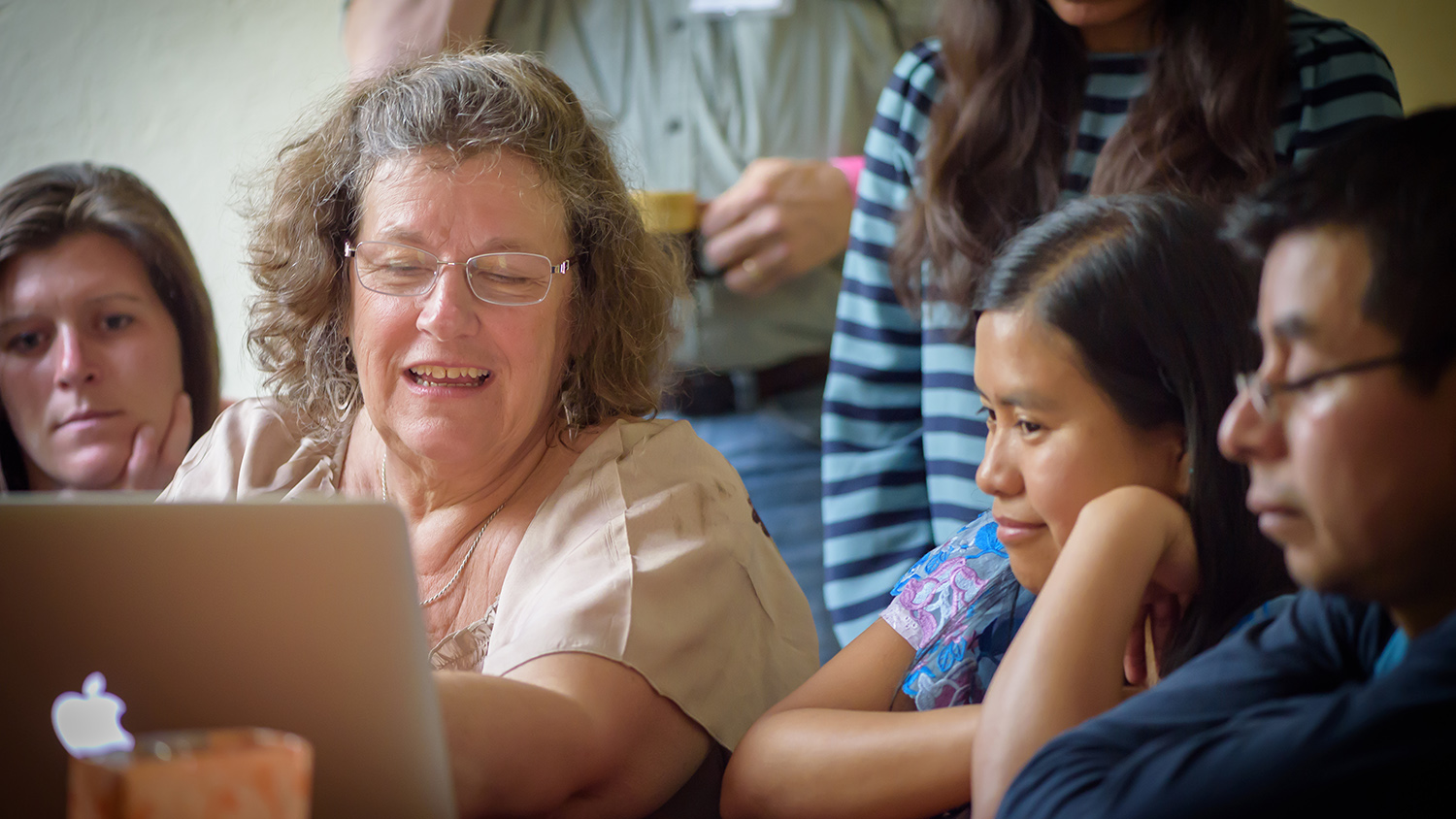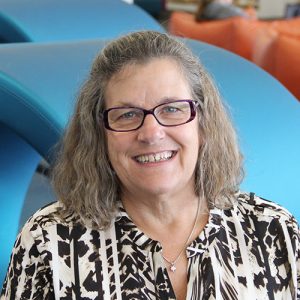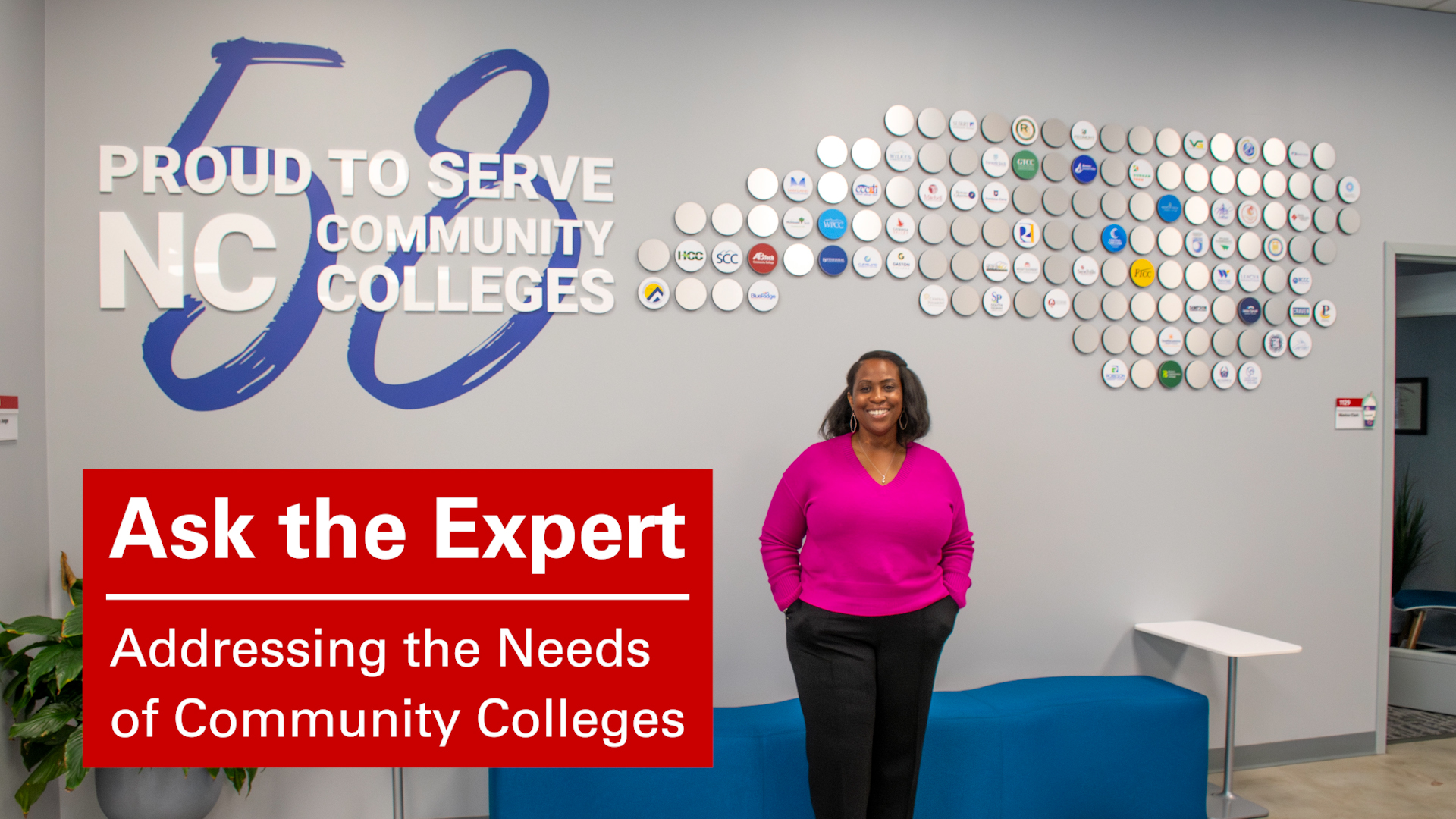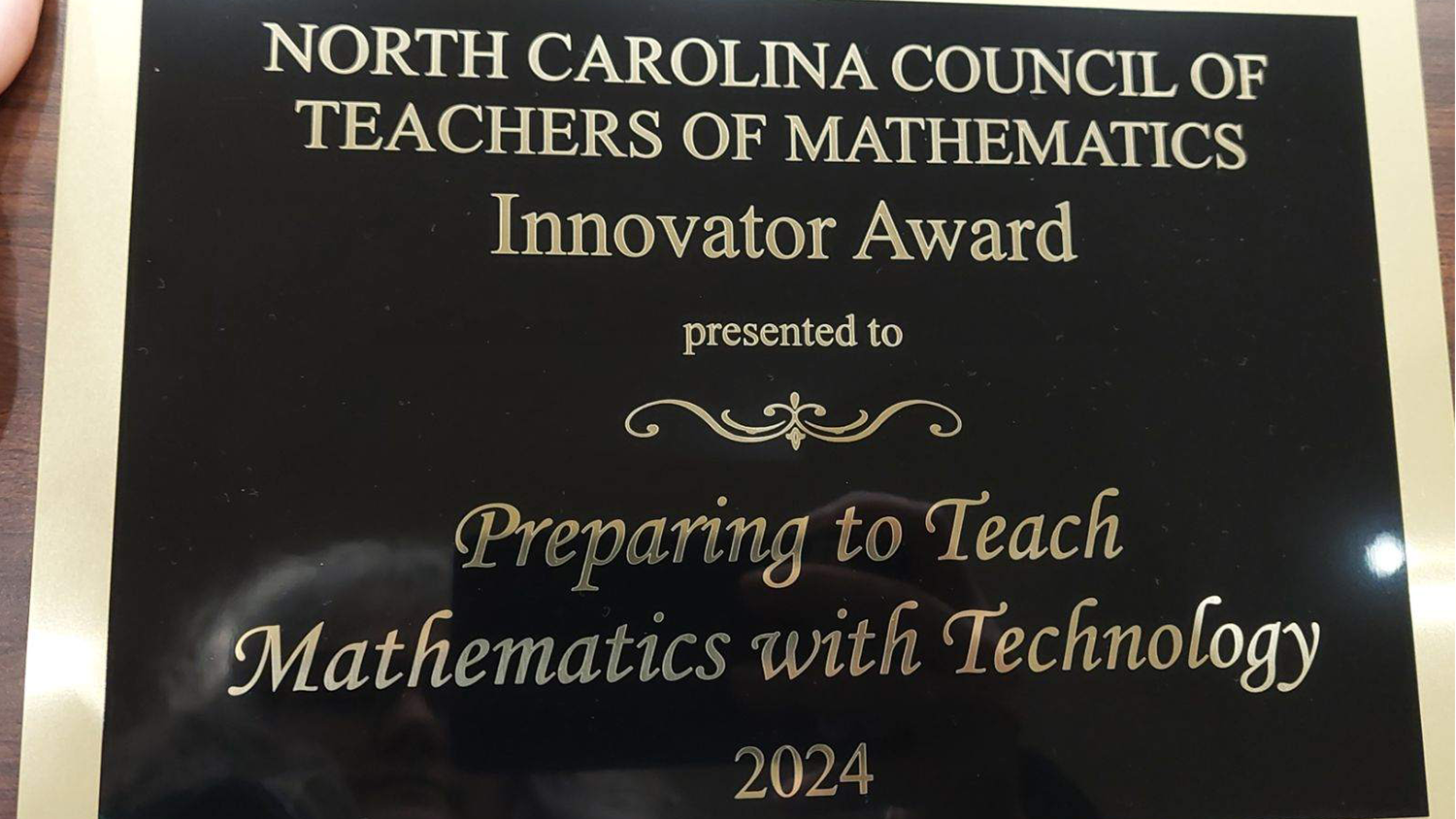“Shark Tank” Competitions Provide Feedback, Increase Engagement in STEM Classrooms

Jere Confrey is bringing elements of the television show “Shark Tank” to middle school mathematics classroom to promote practices that increase middle school girls and minorities motivations and capacities to pursue careers in STEM fields.

Beginning June 1, Confrey, the Joseph D. Moore Distinguished Professor of Mathematics Education in the NC State College of Education, and her team will put to work a $1.2 million National Science Foundation (NSF)-funded grant to advance the efforts of the NSF’s Innovative Technology Experiences for Students and Teachers (ITEST) program. The ITEST program seeks to better understand and promote practices that increase middle school girls and minorities involvement in STEM-related activities that will ultimately lead to careers in STEM fields.
She plans to do that through entrepreneurial challenges where students form groups to solve a problem then pitch their solution to a panel of “coaches” as an entrepreneurial enterprise. Coaches monitor the collaboration as needed and offer advice or instruction as needed.
Through this exercise, students learn to solve mathematics problems; they also get valuable experience in collaboration, critical thinking, advocating for their projects and feedback in real-time.
Confrey believes strongly in providing timely feedback. Her research continually circles back to giving students and teachers feedback in a timeframe when they can use it.
Through the Scaling Up Digital Designs Studies (SUDDS), she offers tools and resources for professional educators to use and implement in their classrooms for a more effective educational experience. SUDDS is made up of a team of education researchers, software developers and designers in creating education technologies that address the learning challenges today’s children face.
Two goals the SUDDS team direct everything through:
- Reach the students in the corners of the classroom. To be successful, diagnostic feedback needs to provide systematic feedback on all students’ progress.
- Be learner-centered. Learning trajectories identify common behaviors in kids, and teachers can use that information to craft lesson plans and adjust teaching that will reach those students.
[spotlight-box label=”Enterprising Example” img=”” heading=”” cta=”” url=””]
One example Jere Confrey used in an initial enterprise challenge with middle schoolers revolved around gerrymandering. She presented each group with an image of four regions and asked them how boundaries could affect the outcome of an election. The groups then had to present a case for which boundaries and voting methods should be implemented and why as if they were a small law firm.
Confrey said the students used their critical thinking skills to create the fairest model, in their opinion, then they had to justify their reasoning. This activity gave the students hands-on experience in a real-life issue such as gerrymandering and empowered them to explore ways they can make a difference or have a voice in broader issues.
[/spotlight-box]
Math Mapper 6-8 is one tool SUDDS created that is being implemented in classrooms in North Carolina and New Jersey. It is a piece of software for middle school math teachers to visualize the content of the Common Core curriculum as a set of big ideas and allows them to unpack how kids understand concepts with learning trajectories.
The software links to curated resources, offers teachers a set of diagnostics to test how students are doing, and provides the data from tests in real time so they can determine which topics and concepts need additional instruction.
“We have to design for what will be to stimulate and catalyze change in education,” she said. “The good news is the technology is out there, and our job is to show how it works and how it can change the fundamental way that teaching and learning occurs.”
Recently in Harnett County, for example, a group of sixth-grade math teachers collaborated with the SUDDS team on a unit on percents by using Math Mapper. After giving one of the diagnostic assessments based on that module’s learning trajectory, they discovered their students were doing poorly on percents greater than a hundred across all of the participating classrooms. A brief meeting among the teachers revealed they inadvertently skipped the topic when creating lesson plans based on a general math standard for sixth-grade.
“Learning trajectories gives teachers a deeper understanding of the research and what we know about the patterns in how kids learn,” Confrey said. “This is a strategy that puts capacity into the system.”
Confrey provides an example of how one of the sixth grade teachers approached a class with transparency using immediate feedback: After the students in the class performed poorly in a section, the teacher acknowledged she had skipped the topic inadvertently.
Through this approach, she was able to gain her students’ trust and build their confidence, assuring them that just because they got a problem wrong one time does not mean they will keep getting the problem wrong.
“That’s what is called a growth mindset,” she said. “It’s not about what you know right now; it’s about us learning together about what we need to learn and where we need to go next.”
Confrey plans to continue the growth mindset work through her entrepreneurial math experiences the new ITEST grant will fund through 2021.
“I always say kids are the most underutilized resource in education, and they need to be partners in assessment,” she said. “They need to feel like the feedback they receive is valid and reflective of how they’re learning and what they need to learn, and that it’s in their best interests to learn.”
- Categories:


